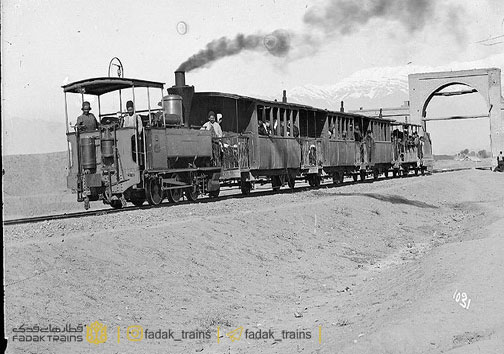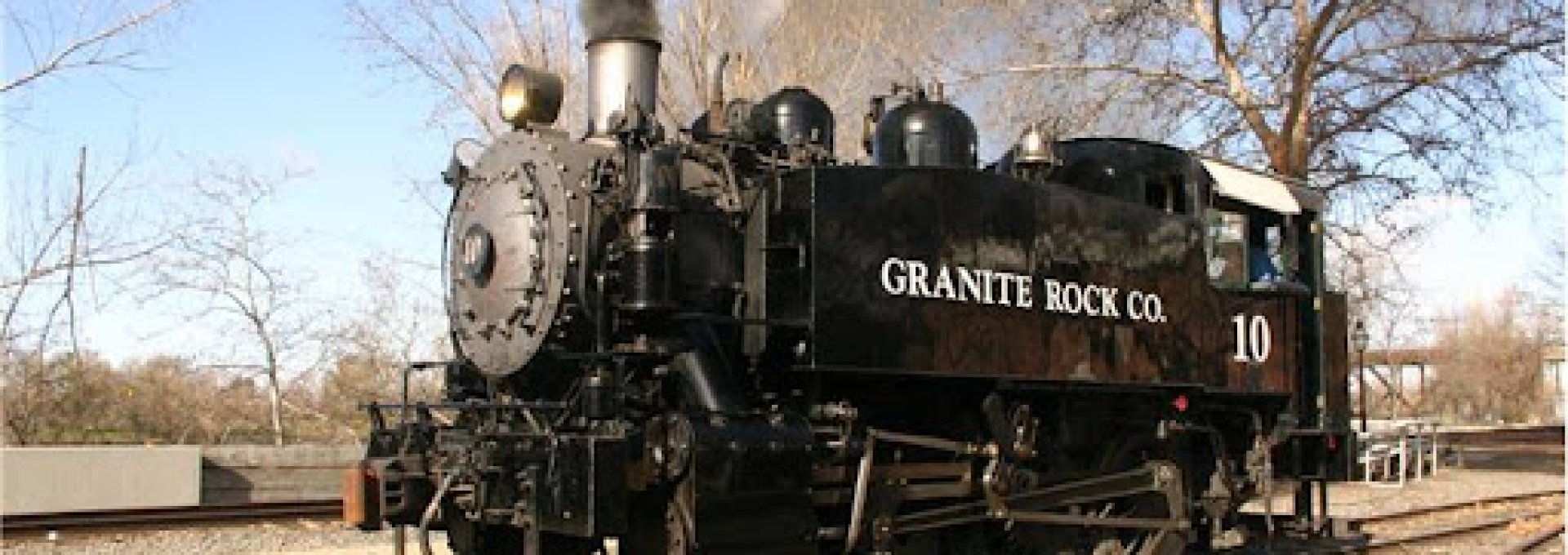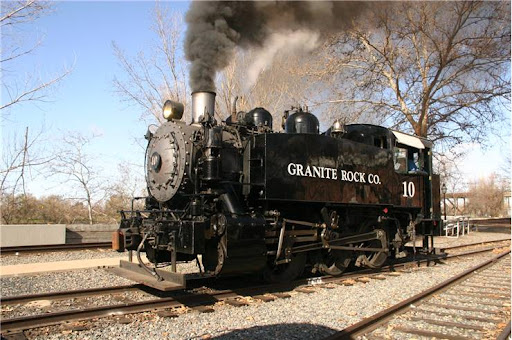The use of trains in Iran lasted more years than in other countries, the reason for that was the competition over the political and economic goals of the countries that had influence and power in the court of Iran. Many decisions regarding the construction of railways in Iran were proposed by people from different countries, but none of them were implemented.
Now this question may arise in your mind: In which city was the first train of Iran? We must say, after many struggles, Belgium bought the privilege of constructing Hazrat Abdulazim railway in 1888 from a person named Monsieur Poital and implemented it. In this way, Iran’s first train started in Shahreri.
At that time, in Iran, instead of train, the term “smoke machine” was used, and the reason was the smoke that came out of the train’s chimney when it was moving. This smoky car stopped at two stations, i.e. Kausar Park and the other one at the main destination, i.e. Shah Abdulazim. Instead of station, people used the word gar, which means station in French. gradually due to lack of prosperity and profitability; This smoke machine stopped working.

The history of trains in Iran
History of railways in Iran
It was mentioned before that despite the possibility of establishing a railway in Iran; The project was postponed due to political reasons. European countries, England and the Soviet Union were competing with each other to take over the privilege of building a railway in Iran. First, in 1831, the British proposed the construction of a railway line from Osmani to the Persian Gulf, which failed. After that, the Germans thought of building a line from Ankara to the Persian Gulf, and this project was criticized and envied by Britain and the Soviet Union, who were Germany’s fierce rivals, and was canceled under the pretext of Germany’s approach to Iran.
It was between these conflicts that Naser al-Din Shah Qajar, the then king of Iran, offered Germany to take over the construction of the railway, but due to the interference of other countries, this action of the king was unsuccessful. Also, in 1890, Naseruddin Shah signed an agreement with Tsarist Russia not to build railways for 10 years, and then extended this agreement in exchange for a loan. In the end, a French person named Monsieur Boutal became the owner of the concession to build the Iranian railway and sold it to a Belgian company. After the construction of Hazrat Abdul Azim line, other lines were built in Iran with different purposes, the most important of which are; Bushehr-Brazjan and Tabriz-Jolfa lines were built.
National railway in Iran
Finally, in 1306 during the reign of Reza Shah Pahlavi, a nationwide railway was opened in Iran. The national railway construction bill was approved by the National Assembly one year before its construction. This line was built by Germans with the help of an American company; It extended from north to south and connected Bandar Shahpur, the current Imam Khomeini, to Bandar Shah, the current Turkmen port. It is worth mentioning that the cost of this project was provided by the tea, sugar and sugar of the nation of Iran. After a long wait; Samiya station, which connects the north and the south, was opened in 1317.
After the construction of the national railway, the construction of other lines was put on the agenda and this system expanded.
The formation and evolution of trains lasted for years, and what we see today is actually the result of all the thoughts and structures that progress day by day.
National railway in Iran
Finally, in 1306 during the reign of Reza Shah Pahlavi, a nationwide railway was opened in Iran. The national railway construction bill was approved by the National Assembly one year before its construction. This line was built by Germans with the help of an American company; It extended from north to south and connected Bandar Shahpur, the current Imam Khomeini, to Bandar Shah, the current Turkmen. It is worth mentioning that the cost of this project was provided by the tea, sugar and sugar of the nation of Iran. After a long wait; Samiya station, which connects the north and the south, was opened in 1317.
After the construction of the national railway, the construction of other lines was put on the agenda and this system expanded.
The formation and evolution of trains lasted for years, and what we see today is actually the result of all the thoughts and structures that progress day by day.
The entry of FADEK five-star trains into the rail transport fleet
One of the most interesting developments in the country’s rail transport fleet has been the entry of FADEK five-star trains into the Jirga of Iran’s passenger trains. These trains, which are currently operating on the Tehran-Mashhad route and vice versa, are undoubtedly the most high-quality and luxurious Iranian trains.

Clean and stylish compartments, the presence of flight attendants fluent in English and Arabic, initial reception of passengers with drinks, guidance of each passenger to the compartments, catering system with a proficient Austrian chef are only a part of the five-star Fedek train services. Facilities that have never been seen before in any Iranian train, and rightly deserve the noble people of Iran.





